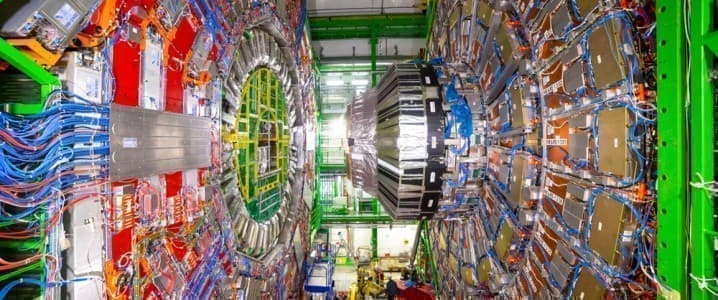For decades, the joke was that nuclear fusion would always be 30 years away. Harnessing the process that powers our sun here on Earth was a lofty thought experiment ripped from the pages of a science fiction novel that smacked of futurism rather than pragmatism. But in the last few years, the rate of technological breakthroughs has sped up astronomically, finally making commercial fusion a matter of when, not if.
Achieving fusion here on Earth requires staggering levels of heat – in the region of 100 million degrees Celsius – and costly materials capable of enduring and maintaining such temperatures. Due to incredible high barriers to entry, most fusion experiments are behemoth ventures funded and managed by national governments, or in the case of the world’s largest fusion experiment ITER, a consortium of six deep-pocketed nations and the European Union.
But as the AI boom continues to drive energy demand projections ever higher, the race for commercial nuclear fusion is becoming increasingly privatized as the tech sector becomes involved in research and development. Fusion has received a lot of buzz as a potential “holy grail” of clean energy, as it could provide virtually unlimited zero-carbon energy without generating any of the hazardous nuclear waste associated with nuclear fission.
Some of tech’s biggest names, including Bill Gates and OpenAI’s Sam Altman, are major proponents of nuclear fusion, believing that it will be critical to supporting the tech sector’s AI ambitions. “If you know how to build a fusion power plant, you can have unlimited energy anywhere and forever. It’s hard to overstate what a big deal that will be,” Gates wrote in an October essay. “The availability and affordability of electricity is a huge limiting factor for virtually every sector of the economy today. Removing those limits could be as transformative as the invention of the steam engine before the Industrial Revolution.”
Already, 12 different nuclear fusion startups have raised over $100 million dollars each. And some of these nuclear fusion startups, which can move and adapt much more quickly than massive government-backed ventures, are starting to rack up technological breakthroughs at an astonishing pace.
Just this week, a startup in the United States called Zap Energy – one of the 12 to have raised over $100 million in funding – announced the latest groundbreaking achievement in the field. The company revealed that they reached plasma pressures comparable to those found deep within the Earth’s crust in a presentation at the American Physical Society’s Division of Plasma Physics meeting in Long Beach, California this week.
“The researchers’ latest measurements showed electron pressures reaching 830 megapascals,” reports Interesting Engineering. “When both electrons and ions are accounted for, the total plasma pressure approached 1.6 gigapascals (GPa).” That’s 10 times the amount of pressure felt at the bottom of the Mariana Trench, the deepest point in any of our oceans – or about 10,000 times the atmospheric pressure we feel at sea level.
The Seattle-based startup is using a Z-pinch experiment, which is a kind of system that uses electrical currents to create a magnetic field to control and contain plasma. As the field of fusion research becomes more diverse and competitive, approaches to achieving plasma are becoming more diverse as well. Whereas the oldest and largest experiments use tokamaks – huge donut-shaped machines that control plasma with magnets – and some of the most accomplished fusion experiments are laser-controlled, Z-pinch machines are emerging as a promising alternative.
Zap Energy’s newest prototype, the Fusion Z-pinch Experiment 3 (FuZE-3) device, enables the achievement of extreme pressures and temperatures in a system that is far more compact than leading alternatives. “The capability to independently control plasma acceleration and compression gives us a new dial to tune the physics and increase the plasma density,” Colin Adams, Zap Energy’s head of experimental physics, told Interesting Engineering. “The two-electrode systems have been effective at heating, but lacked the compression targeted in our theoretical models.”
This breakthrough alone is not enough to usher in commercial nuclear fusion, but it is one of many exciting milestones that prove that that once purely aspirational achievement is now just around the corner. And Zap Energy thinks that it’s FuZE-3 machine could be integral to that achievement. As Ben Levitt, Zap Energy’s R&D vice president, wrote in a recent press release,“[FuZE-3] was built and commissioned just recently, we’re generating lots of high-quality shots with high repeatability, and we have plenty of headroom to continue making rapid progress in fusion performance,”
By Haley Zaremba for Oilprice.com
More Top Reads From Oilprice.com
Oilprice Intelligence brings you the signals before they become front-page news. This is the same expert analysis read by veteran traders and political advisors. Get it free, twice a week, and you’ll always know why the market is moving before everyone else.
You get the geopolitical intelligence, the hidden inventory data, and the market whispers that move billions – and we’ll send you $389 in premium energy intelligence, on us, just for subscribing. Join 400,000+ readers today. Get access immediately by clicking here.
